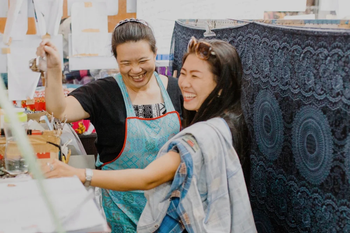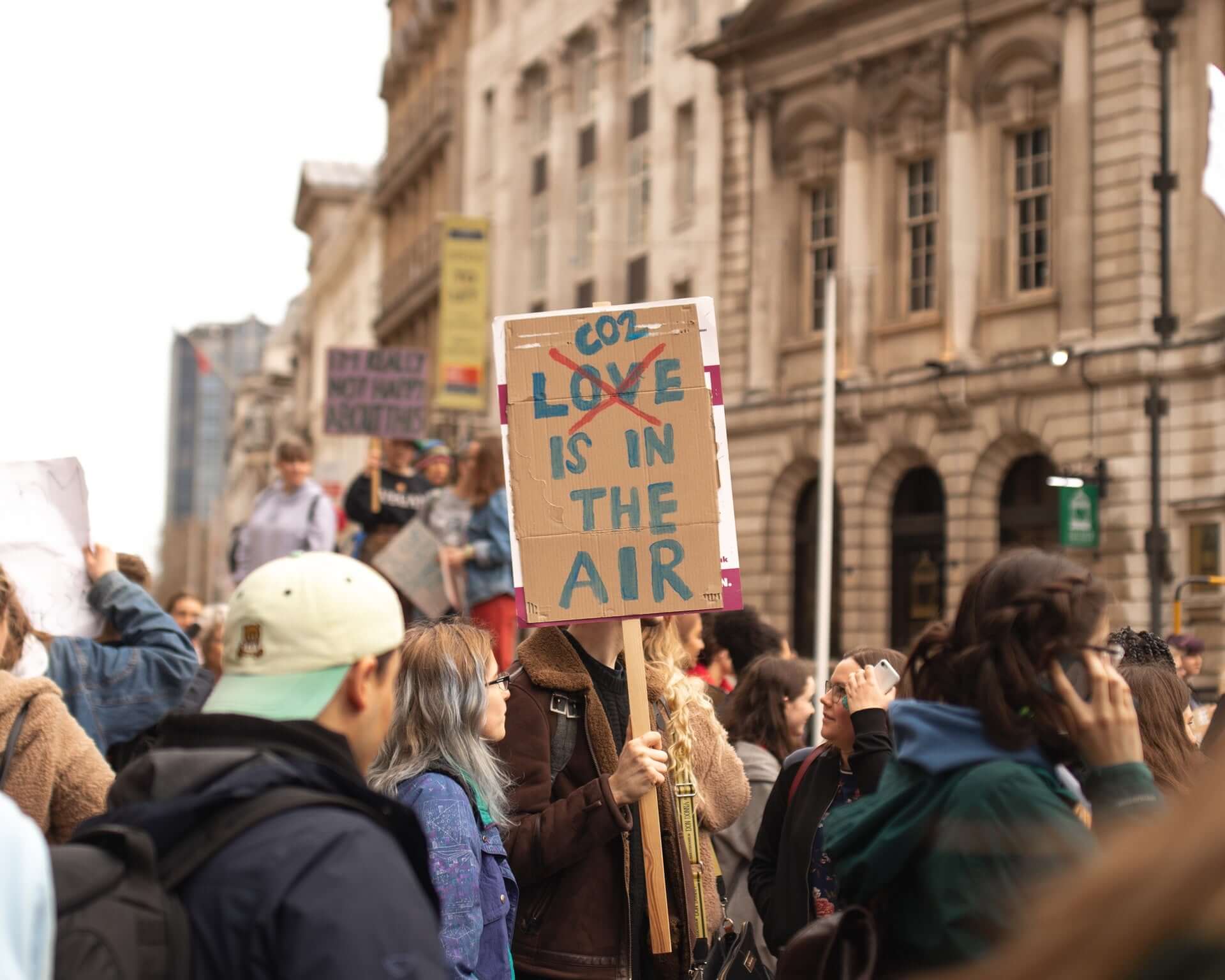
Inhaltsverzeichnis
Why do we feel loneliness?
Not knowing who to sit with during your lunch break, a WhatsApp message that goes unanswered, a cancellation for a meeting with friends—we all know what loneliness feels like. But why do we feel lonely? Is loneliness an emotion, a need, or a physical function? And what does that have to do with human history? I want to answer these questions in this post today.
Loneliness – unwanted but familiar
We live in a time with seemingly endless possibilities for connecting with others. Online, offline, by phone, through a conversation, or a FaceTime call. The fact that loneliness has become more common than ever in recent decades and is, in many cases, chronic, seems counterintuitive at first. But perhaps this very reason—our current lifestyles and the age of digital transformation—is precisely the reason: friendships and acquaintances are becoming more superficial, contacts are becoming more natural and are possible virtually every minute of the day within a few seconds. What makes for fulfilling contacts? A difficult question.
Loneliness can affect anyone. We all know that loneliness is ultimately not directly related to whether we are surrounded by other people or not. After all, I can also feel alone in the presence of others, for example, at a party or in a strange city where I don't know anyone. So, being lonely and being alone are not the same thing.
In order to understand loneliness a little better, it is helpful to take a look at human history – as is often the case when it comes to classifying the human psyche and human behavior.
What exactly is loneliness?
From the perspective of social psychology
One of the best known psychological models to explain human needs and motivations is the Abraham Maslow's hierarchy of needs.
The American psychologist organizes human needs, as the name of the model suggests, in a pyramid. At the lowest level are physiological needs; these form the foundation. These include all needs necessary to sustain human life, such as breathing, sleep, food, water, and reproduction. Only when these basic needs are met can a person move on to the second level, safety needs. These encompass all aspects of life that contribute to physical and mental security. Examples of safety needs include family, health, housing, and basic material security.
Once this level is largely satisfied, people feel a need for social contacts and relationships—which brings us to the topic of loneliness. Even though social contacts occupy (only) the third level of the hierarchy of needs, they are nevertheless very important for people and indispensable for a fulfilling life. Only when our social needs are met can we devote ourselves to individual needs such as success, independence, and freedom, and ultimately strive for self-realization.

Photo by Arthur Poulin on Unsplash
From the perspective of evolutionary psychology
From an evolutionary psychological perspective, loneliness can be viewed as a physical function.Just as hunger and sleep alert us to our physiological needs, loneliness alerts us to our social needs.
Even hundreds of thousands of years ago, people who stayed in groups had significantly better chances of survival than those who roamed alone. Eating enough, staying warm, and providing for offspring: all of this would have been virtually impossible on their own. Humans were therefore dependent on their social groups, and social needs became part of our biology. If a person was excluded from the group, it often meant death. To prevent this expulsion from the group, social pain evolved. This served as a kind of warning system to get people to stop isolating behavior. Those who found the pain more disturbing and subsequently changed their behavior were less likely to be expelled from the group. Those who "ignored" the pain were excluded and probably died in most cases.
Loneliness as a physical function helped our ancestors survive and created an advantage in natural selection. This is why rejection and loneliness still hurt us so much today.
However, the world hasn't remained the same, and humanity has also evolved. Western culture increasingly focuses on the individual, and collectivism is declining in importance. People live in significantly smaller groups than before. And although more and more people live side by side in close quarters in cities, they are living increasingly isolated lives. The modern technology we grow up with today contributes, among other things, to people meeting (in person) less frequently.
If Loneliness becomes chronic
Chronic loneliness develops gradually and usually unintentionally. There's so much to do: work, continuing education, housework, children, and even screen time for relaxation is essential. The first thing to fall by the wayside is relationships. “Oh, that can be postponed.” “We can still see each other next week, other things are more important right now.”Time with friends is the easiest thing to "sacrifice." And before you know it, you feel isolated and long for close relationships. But adults often struggle to find, build, and ultimately maintain close relationships with others.
This can lead to people becoming chronically lonely. Even though our environment is evolving at a rapid pace, with one new technology emerging after another, and our everyday lives becoming increasingly digitalized, our bodies and brains are practically the same as they were thousands of years ago: We need other people and social relationships to be pain-free and happy.
Chronic loneliness wouldn't be so bad if it didn't hurt so much. Our psyches are constantly under strain, and the stress affects our bodies.
You will learn about the dangers of loneliness and why the “vicious circle of loneliness” is so detrimental to our health here.
In this last part the “Loneliness Series” on our blog Finally, I will give you concrete tips and exercises that will prevent loneliness or show you how to deal with loneliness.
+++ If you feel acutely lonely, are thinking about suicide or would like to talk to someone, you can use the services of the Telephone counseling You can reach them free of charge around the clock at 0800 111 0 111 and 0800 111 0 222. You can, of course, remain anonymous. Via this link you will find further offers of help. +++
If you would like to learn more about mindfulness, healthy eating or sustainability, take a look here over.

Photo by Freddie Marriage on Unsplash



























Leave a comment
This site is protected by hCaptcha and the hCaptcha Privacy Policy and Terms of Service apply.